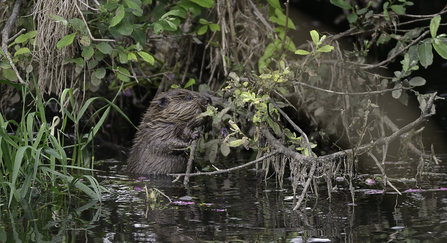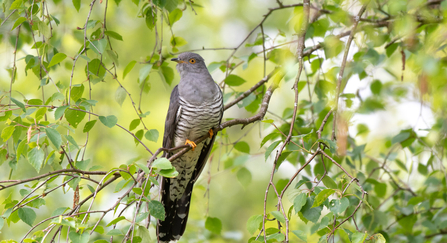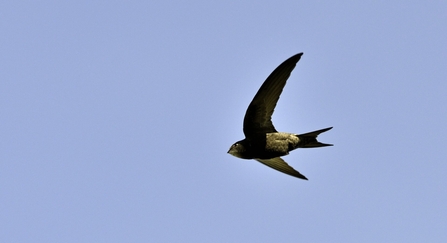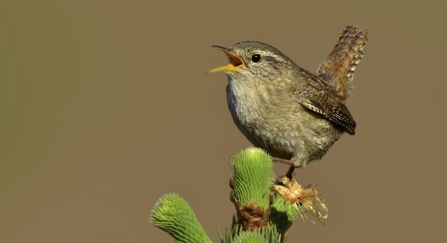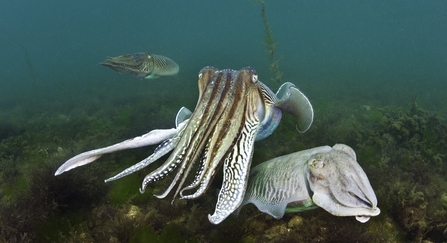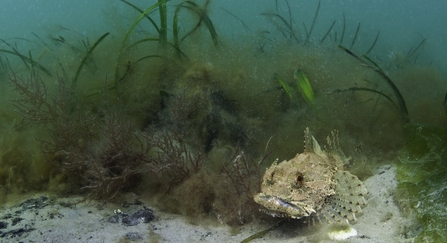In Europe, we have reindeer. In America, they have caribou. However, despite the difference in names, they’re the same species.
This is just one example of how the common names of animals can cause confusion. Precisely for this reason, 18th-century botanist Carl Linnaeus devised a system to standardise the naming and classification of all living beings regardless of vernacular. Known as the ‘father of modern taxonomy’, Linnaeus proposed that all organisms are uniformly given a ‘genus, species’ name. This system gives each species a unique identity.
Often in Latin or Greek, these scientific names may look and sound strange but many of us are likely familiar with some already. Think of the Boa constrictor, or even Tyrannosaurus rex.
Scientific names often reveal interesting facts about animals and plants. Here’s a closer look at some of the more interesting scientific names for British wildlife.


